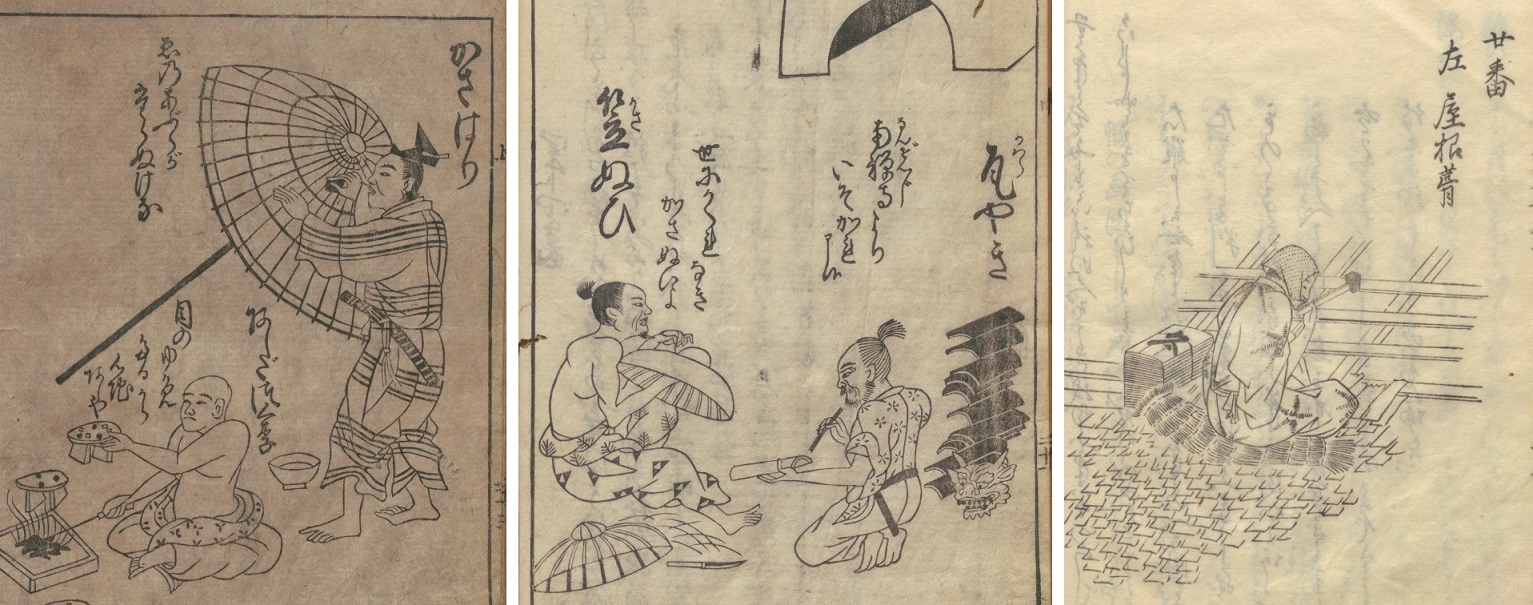2021-03-11
224 titles from the Main Library’s Daiso-bon collection newly released
Two hundred and twenty four titles from the Daiso-bon collection held by the Main Library have been newly digitized and released. As of March 11, 2021, Kyoto University Rare Materials Digital Archive provides 1,663,107 images of 20,564 titles.
Daiso-bon is a collection of books formerly owned by Daiso (大惣), a book lender run by Sohachi Onoya (大野屋惣八) and his family in Nagoya from the middle of the Edo period to the middle of the Meiji period. Book lenders at the time usually kept books in high demand in their stock and sold the ones out of fashion away to buy new ones. Daiso, however, had a policy not to sell away books they had bought and increased their inventory until the end of the Edo period when they became the largest book lender in Japan. After the arrival of mass production of books in the Meiji period, many book lenders disappeared, Daiso being no exception. Around 1898, Daiso decided to close the business and sold its enormous inventory of 16,734 titles of books, most of which were acquired by the Imperial Library (current National Diet Library), Tokyo Imperial University, Kyoto Imperial University and the Higher Normal School (current University of Tsukuba). Daiso Collection owned by Kyoto University amounts to 3,667 titles, or 13,081 volumes.
Among the books released this time are “Shokunin-zukushi uta-awase (職人盡歌合 3巻)” and “Edo shokunin uta-awase (江戸職人歌合 2巻)”, which lively depict artisans during the Edo period, such as kasahari (傘張) or umbrella maker, ashida-zukuri (足駄作) or geta (wooden clog) maker, kawarayaki (瓦焼) or roofing tile maker, kasanui (笠縫) or hat maker, and yanefuki (屋根葺) or roofer.

Center: kawarayaki (瓦焼) or roofing tile maker, kasanui (笠縫) or hat maker in “Shokunin-zukushi uta-awase (職人盡歌合 3巻)”
Right: yanefuki (屋根葺) or roofer in “Edo shokunin uta-awase (江戸職人歌合 2巻)”
* The digitization of this collection is conducted under the “Project to Build an International Collaborative Research Network for Pre-modern Japanese Texts” by the National Institute of Japanese Literature in which Kyoto University Library participates.